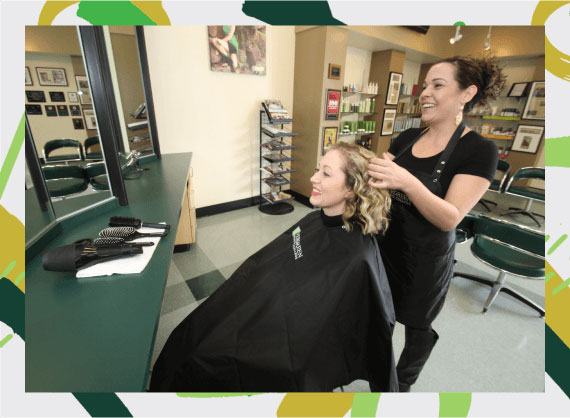Is a Career in Teaching Cosmetology Right for You?
If you have been working in salons for a few years and are looking to advance your career further, becoming a cosmetology instructor may be the next step for you. As an instructor, you can pass along your experience and knowledge to the next generation of students while making money and practicing your craft.


